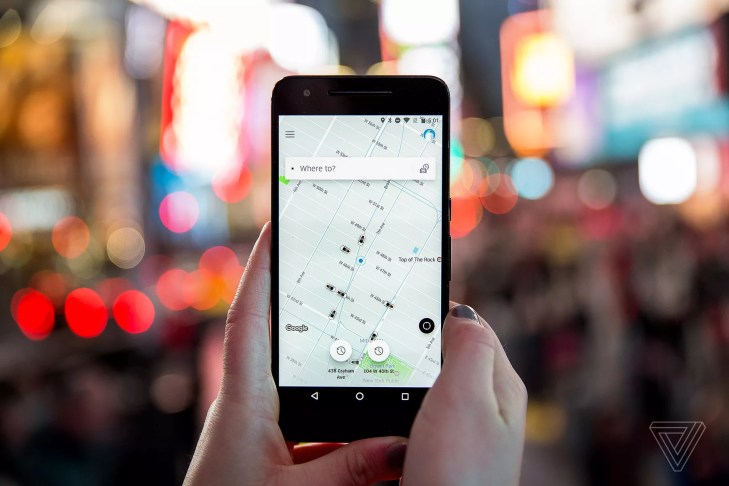New documents leaked to BuzzFeed demonstrate yet again what Uber is willing to do to beat the competition at any cost.
In the summer of 2015, Uber was trying to make Pool work. The success of Pool, its service that allows drivers to pick up multiple riders along a route, was a priority for the company and a key step closer to what CEO Travis Kalanick often calls the “perpetual trip.”
The perpetual trip is Uber efficiency at its Platonic ideal — riders always in transit, drivers flush with work. Unfortunately, from 2014 to 2015, that ideal was particularly far from reality.
BuzzFeed’s report suggests that when Uber launched Pool in 2014, the feature wasn’t really working. Only 7.9 percent of ride initiators matched with an additional rider — Uber used to call these riders a “minion” — but the company needed a higher match rate to make Pool work at scale. The low match rate isn’t surprising for a new ride offering, but the costs Uber was willing to eat in order to make Pool work are really something else.
To get people interested in the feature, Uber poured money into Pool, deeply subsidizing the cost of the shared rides to drum up interest. Interest went up: By the week of January 5, almost 42,000 riders used Pool and nearly 25 percent of those were matched with an additional rider. On January 19, 2015, the company introduced $5 flat fares to Pool. Interest in Pool doubled and 44 percent of the 125,000 Pool riders were matched with a minion.
By June 2015, the subsidies for its San Francisco Pool project totaled up to $6 million per month, well over $1 million per week in one city alone. “HQ was telling us we could not be burning the amount of money we were,” a former employee told BuzzFeed. “We couldn’t just give out subsidies that high anymore.”
By late 2015, with the subsidies that attracted riders to UberPool no longer sustainable, 26 percent of riders had left for Lyft. As BuzzFeed reports, Uber even admitted internally in a November presentation that it was “Losing SF.”
While it’s a stretch to call anything Uber does sustainable, Pool may have leveled out more recently. In May 2016, Uber’s then strategy head David Plouffe told TechCrunch that Pool accounted for 20 percent of its rides globally.
“Pool works better the more people use it at the same time and at the same location,” an Uber spokesperson said in a statement to TechCrunch. “As a new product, we offer discounts to encourage riders to try it out. We’re proud of how far we’ve come with Pool.” The company claims that riders in San Francisco choose Pool “up to 50% of the time,” though did not comment on if it was currently subsidizing the feature.
The data in BuzzFeed’s report is a few years old at this point, but it’s yet another anecdote illustrating just how far Uber is willing to go to win a market. And how, even then, it doesn’t always work.
